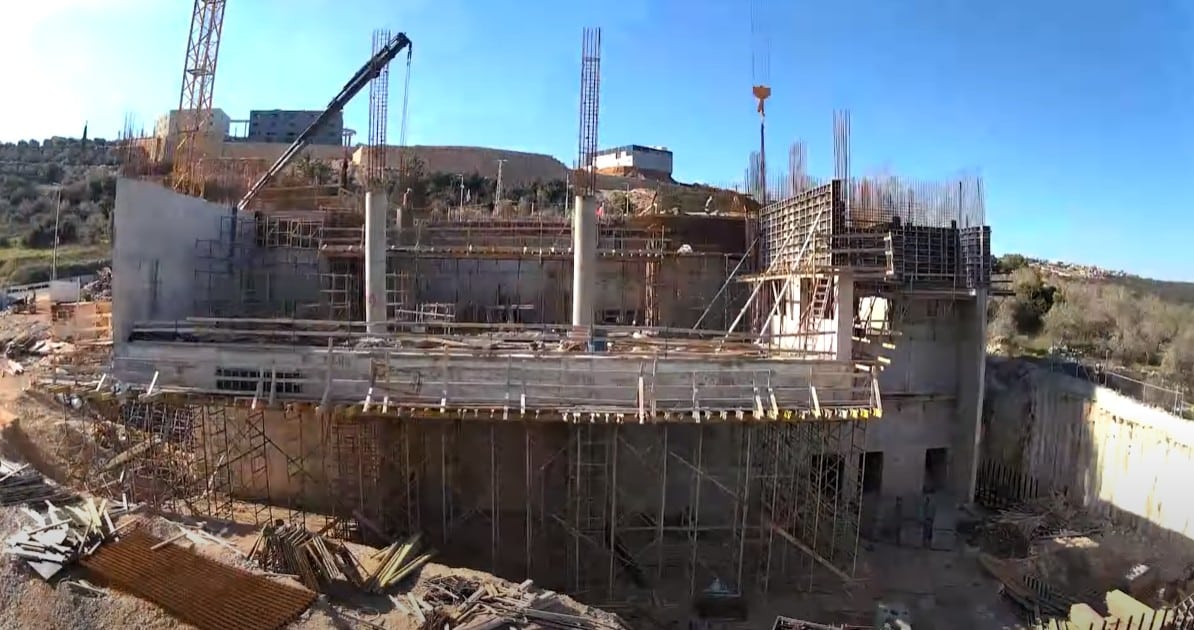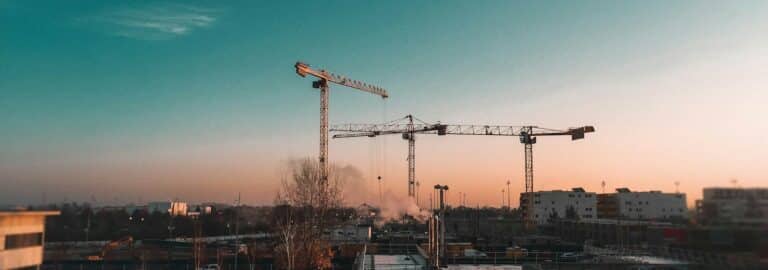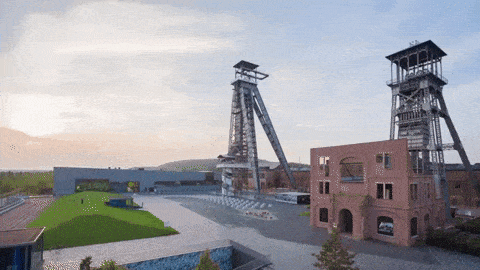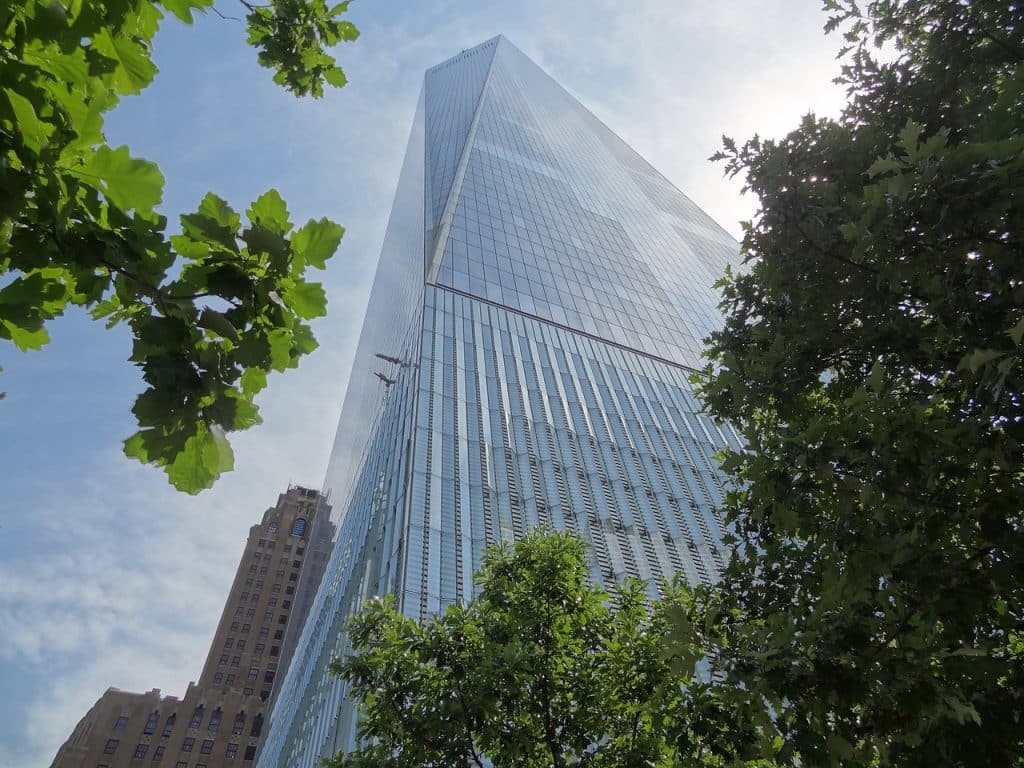The twelve Druze officers and soldiers who fell during the Iron Sword War are a painful reminder of the Druze community’s contribution to Israel’s security. Although the Druze make up only 1.6% of Israel’s population, their relative share among fallen IDF soldiers is significantly higher. Sadly, this was evident in the recent war. The highest-ranking IDF officer killed during the Iron Sword War was Col. Ihsan Daqsa from Daliyat al-Karmel, commander of the 401st Armored Brigade. Among the Druze casualties since October 7th were also the deputy commander of the 300th Brigade, Lt. Col. Alim Saad, and the commander of Battalion 53 from the Barak Formation, Lt. Col. Salman Habka, as well as several company commanders.
Honoring the Act of Remembrance
The special bond between the Druze community and the IDF did not begin with the current war. Over a decade ago, the need arose for a heritage center to document, commemorate, and study the legacy of Druze fighters—both for the community itself and as a heritage site and visitors’ center for the general public in Israel.
The person who led the initiative to establish the center was the Association of Retired Druze Officers. Following their appeal, the Ministry of Defense funded the project, which officially began in 2017.
The planning was entrusted to the architectural firm Mansfeld–Kehat, which has a diverse portfolio and specializes in public buildings, including icons like the new wing of the Israel Museum and the Performing Arts Center at the University of Haifa.
Construction was carried out by Nersha, one of the leading companies in Israel’s construction and development sector.
A Modern Structure Emerging from the Landscape
Designing a building that serves as a heritage center is a complex task. By definition, it must function both as a research and documentation hub and as a kind of museum and visitors’ center.
Adding to that, the site chosen for the project was a natural area in the Galilee, still maintaining a wild, undeveloped appearance and located between the villages of Kisra and Sumei, under a shared local council. This made the challenge even greater.
On one hand, a modern complex covering over 3,000 square meters had to be built. On the other hand, the rural and traditional character of the area required sensitivity and harmony with the surroundings.
The result: an elegant and sharp-edged building that integrates with the topography, seemingly emerging or growing naturally from the landscape.
Documenting the Process with Our Time-Lapse Cameras
The project’s relative remoteness and the need to build infrastructure from scratch presented significant logistical challenges. One of the ways we addressed these challenges was by installing time-lapse cameras on site.
Beyond the final time-lapse video (which we’ll get to in a moment), the presence of the cameras enabled remote monitoring and supervision of the project’s progress, adding another layer of control and security.
The cameras were installed by our team at TimelapseIT, a company specializing in construction documentation. Our team also produced a compelling time-lapse video that captures the complex process of land preparation and construction in just two minutes.
Through this footage, you can truly feel how the Druze Warrior Heritage Center rises from the very soil for which so many Druze soldiers gave their lives.







